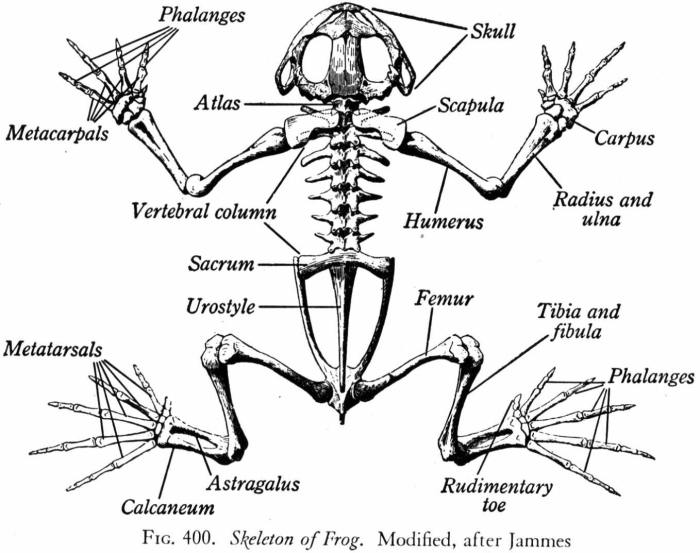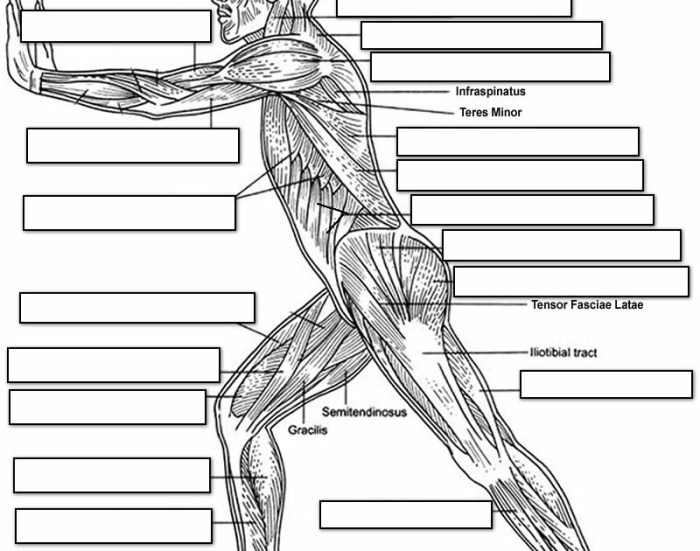Coloring key human muscle coloring – Color coding human muscle coloring is a powerful tool that enhances understanding of human anatomy and physiology. This guide explores the purpose, benefits, and applications of muscle coloring, providing a comprehensive overview of this essential technique.
From its historical development to the latest technological advancements, this guide covers the full spectrum of muscle coloring. It examines the criteria used to assign colors to muscles, the challenges involved in creating effective color keys, and the practical applications of muscle coloring in various fields.
Color Coding Human Muscles: An Overview

Color coding is a technique used to represent different human muscles using specific colors. This visual representation provides an organized and standardized way to identify and differentiate muscles, making it easier to study and understand their anatomy and function.
The use of color coding in muscle anatomy has a long history, dating back to the early days of anatomical study. Over time, various muscle coloring systems have been developed, each with its own set of criteria and principles for assigning colors to specific muscles.
Color Key Design and Implementation, Coloring key human muscle coloring
The design and implementation of a muscle coloring key involves several considerations, including the number of colors used, the criteria for assigning colors to muscles, and the overall organization and consistency of the system.
One common approach is to use a limited number of colors (e.g., 5-10) and assign them to muscle groups based on their function or anatomical location. For example, red may be used for muscles involved in flexion, while blue may be used for muscles involved in extension.
Another approach is to use a more comprehensive color key that includes a wider range of colors and shades. This can provide a more detailed and nuanced representation of muscle anatomy, but it can also be more complex and difficult to interpret.
Applications and Use Cases
Color coding is widely used in various fields, including:
- Anatomy education:Color coding helps students identify and differentiate muscles in anatomical models and diagrams, making it easier to understand their structure and function.
- Medical imaging:Color coding is used in medical imaging techniques such as MRI and CT scans to highlight specific muscles and muscle groups, aiding in diagnosis and treatment planning.
- Fitness training:Color coding is used in fitness apps and programs to illustrate muscle activation patterns during exercises, helping individuals target specific muscle groups.
Technological Advancements and Future Directions
Technological advancements are playing a significant role in the development and implementation of muscle coloring systems.
Virtual reality (VR) and augmented reality (AR) are emerging technologies that offer immersive and interactive experiences for studying and visualizing muscle anatomy. These technologies allow users to explore 3D models of the human body and interact with muscles in a more realistic way.
Artificial intelligence (AI) is also being used to develop automated muscle coloring systems. These systems can analyze anatomical data and assign colors to muscles based on predefined criteria, reducing the time and effort required for manual coloring.
Expert Answers: Coloring Key Human Muscle Coloring
What is the purpose of color coding human muscles?
Color coding human muscles helps to differentiate and identify different muscle groups, making it easier to visualize their location, function, and relationships.
How are colors assigned to muscles?
Colors are assigned to muscles based on criteria such as muscle function, location, and innervation. For example, red is often used for muscles involved in movement, while blue is used for muscles involved in stability.
What are the benefits of using color coding in anatomy education?
Color coding enhances visual learning, improves memory, and facilitates understanding of complex anatomical structures.

